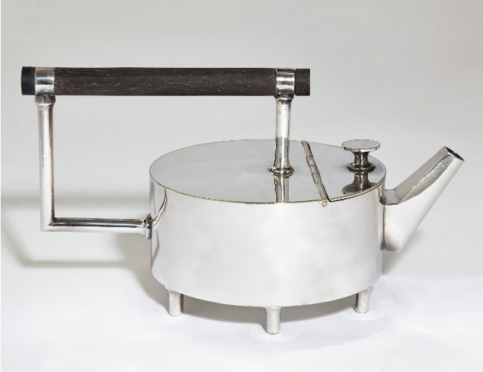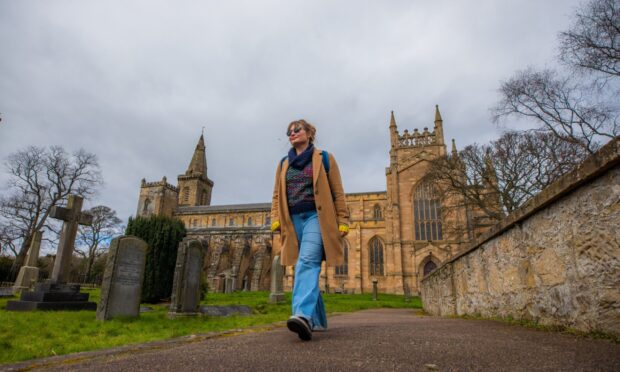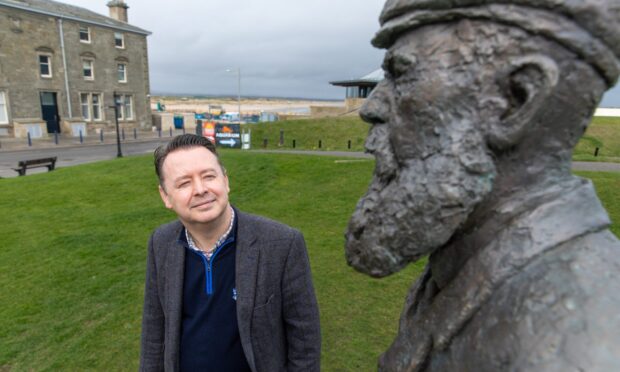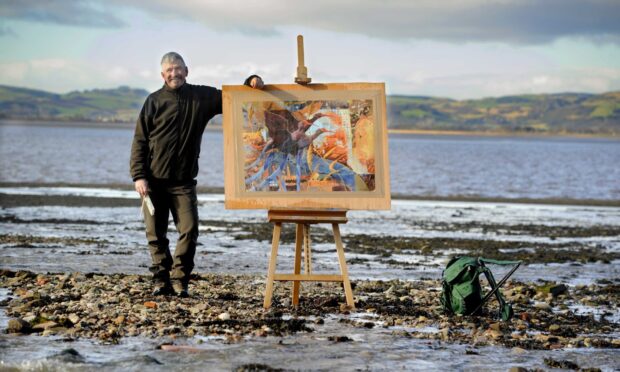I recall a study which showed that major galleries attract most visitors to their ground floors and that numbers drop floor by floor going upwards.
Certainly, the upper levels of the National Museum of Scotland are the quietest – but, oh, what treasures await intrepid callers.
The design quadrant has an enhanced display nowadays showcasing Dr Christopher Dresser and (thankfully) the brilliant arts and crafts painter and illustrator Phoebe Anna Traquair.
Although born in Glasgow, Dresser (1834-1904) worked mostly in London and the north-east of England, firstly in metal work then with ceramics. He became one of the most influential independent designers of his time (his famous toast rack is still produced by Alessi).
The National Museum in Edinburgh has 11 examples of his work on show, including his most memorable creation – an electroplated teapot made around 1879 by James Dixon & Sons of Sheffield to Dresser’s design.
He produced the teapot, with its radical drum-shaped body and angular handle, after a visit to Japan in 1876.
Scotland is lucky to have it. The teapot never reached mass production. Only three original examples of the model are known.
One has just appeared at auction at Christie’s New York, where it sold for a five-times estimate £246,000 – a record for any Dresser metalwork.
Not so long ago Lyon & Turnbull took £80,000 in Edinburgh for a c1880 Christopher Dresser coffee pot. Another seminal Dresser-Dixon metalwork design, a prototype lozenge-shaped teapot, part of the Andrew McIntosh Patrick collection back in 2005, entered the collection of the V&A together with two other teapots, at a price just below £200,000.
Picture: Christopher Dresser teapot, £246,000 (Christie’s, New York).










